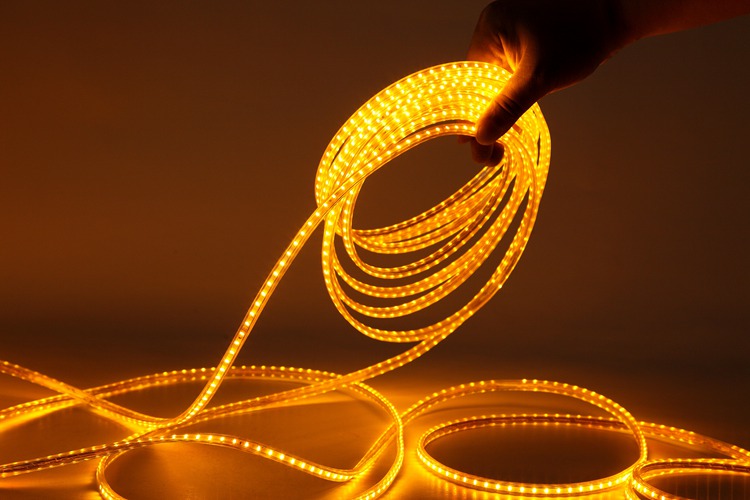
The best voltage for led strip lights depends on the specific LED strip and its intended use. LED strips are commonly available in different voltage options, such as 12V and 24V. Here are some aspects to consider when determining the best voltage for led strip lights:
1. Brightness: Higher voltage LED strips generally offer brighter illumination. If you require high brightness for your application, a 24V LED strip may be more suitable.
2. Efficiency: A higher voltage LED strip can be more efficient in terms of power consumption. Lower voltage strips, such as 12V, may require more current to produce the same level of brightness as a 24V strip. This can result in increased power losses and potentially require thicker wires.

3. Voltage drop: Longer run lengths of LED strips can experience voltage drop, where the brightness decreases towards the end of the strip due to resistance in the wires. Higher voltage LED strips tend to have lower voltage drop compared to lower voltage ones, which can be advantageous for longer installations.
4. Compatibility: Consider the compatibility of the LED strip with other accessories, such as power supplies and controllers. Some power supplies and controllers are designed specifically for certain voltage levels, so it's essential to ensure they are compatible with the chosen LED strip voltage.
5. Safety: Safety is a crucial factor when selecting the voltage for LED strip lights. Higher voltage strips may require additional safety measures, such as insulation and proper grounding, to ensure safe usage.
In summary, the best voltage for LED strip lights depends on your specific requirements, such as brightness needs, power consumption, and installation length. 24V LED strips generally offer higher brightness and lower voltage drop, making them suitable for longer runs. However, it is important to consider the compatibility with other components and the necessary safety precautions to make an informed decision.